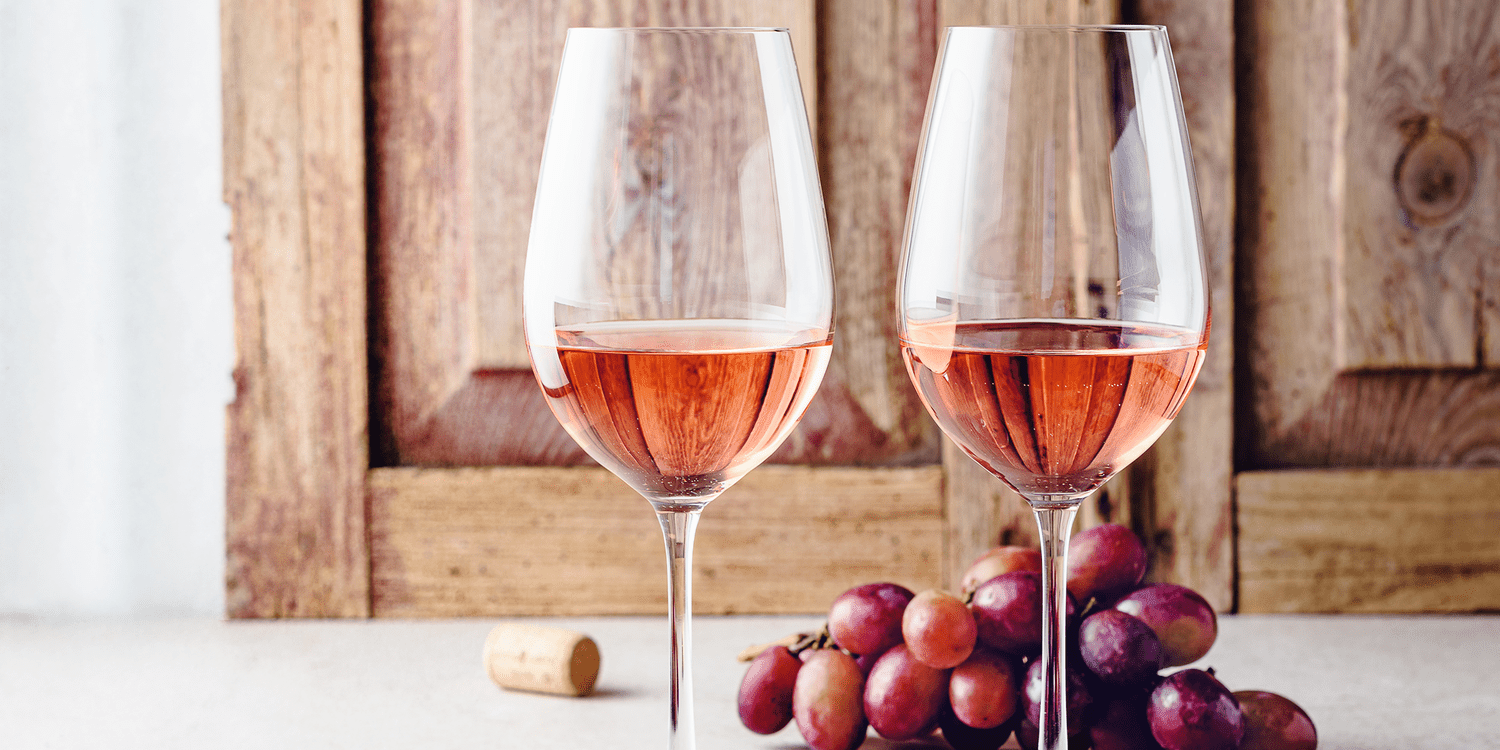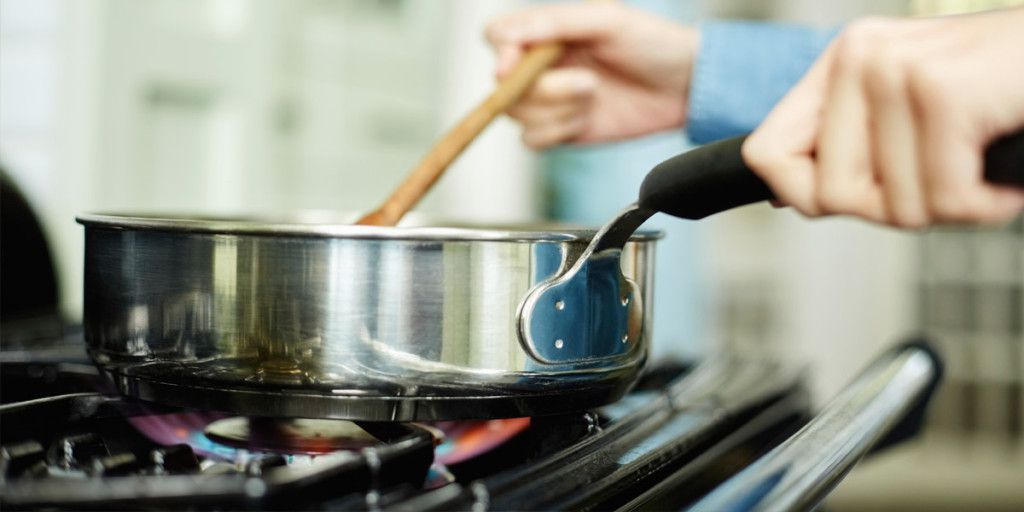One is widely celebrated by brunch-goers and Instagram influencers, the other is reviled by all who appreciate good wine. But what’s actually the difference between white Zinfandel and rosé? Both are pink hued wines, after all.
Rosé vs. White Zinfandel
Rosé and white Zinfandel are made by somewhat similar methods. Winemaking is a complex craft, but for our purposes, you really just need to know that rosé is most often produced by allowing red grape skins to ferment for just a few hours. Many red wines, in contrast, ferment for several weeks. Since rosé’s contact with the grape skins is shorter, its color is lighter.
Rosé can be made from any red grape, but white Zin is made from — you guessed it — Zinfandel grapes.
As far as flavor goes, white Zinfandel is generally sweeter, pinker, and less complex that many rosé varieties. Rosé can be dry or sweet. It can also range in color from blush to bright red.
What Is Rosé?
Though we often think of historical figures sipping on deep red wines, many of the first recorded wines were rosé. Early rosés were made by watering down field blends of combined white and red grapes, according to GuildSomm, and Ancient Greeks considered it civilized to dilute wine.
Many people believe that rosé is made by mixing red and white wine. This method does exist, but it’s frowned upon by much of the winemaking community.
Rosés can come from all over the world — from California to Europe. Provençe, a region in France, is home to some of the most consistent rosé producers. In fact, rosé makes up more than half of the region’s wine production.
What Is White Zinfandel?
White Zinfandel, often called “white Zin,” was created by happy accident. In 1972, Bob Trinchero — co-owner and winemaker for Sutter Home Winery — was experimenting with the winery’s Zinfandel. He used a technique called saignée (a winemaking method that involves “bleeding” off a portion of red wine juice after it’s been in contact with the skins and seeds) in an attempt to intensify the wine’s color, body, and flavor.
The process worked, but left Trinchero with eleven barrels of white juice. He thought the resulting wine was hard, dry, coarse, and reminiscent of Chardonnay, but he decided to bottle it anyway.
The experiment was not met with initial success. But, after some trial and error, white Zinfandel was Sutter Home’s best-selling wine by 1975. It’s still the brand’s only wine that consistently sells out every year.
Again, white Zinfandel is not a grape variety but it is a method of processing Zinfandel grapes.
Though it’s one of the most popular wines in the U.S., it’s considered unrefined by many consumers. White Zin’s reputation appears to be changing, however. Young winemakers are embracing the wine’s campiness while building upon its flavors.
Related:
- Pinot Grigio vs. Pinot Gris: What’s the Difference?
- Red Wine Glass vs. White Wine Glass: What’s the Difference?
- Why Cooking With Wine Makes Food Taste Better




